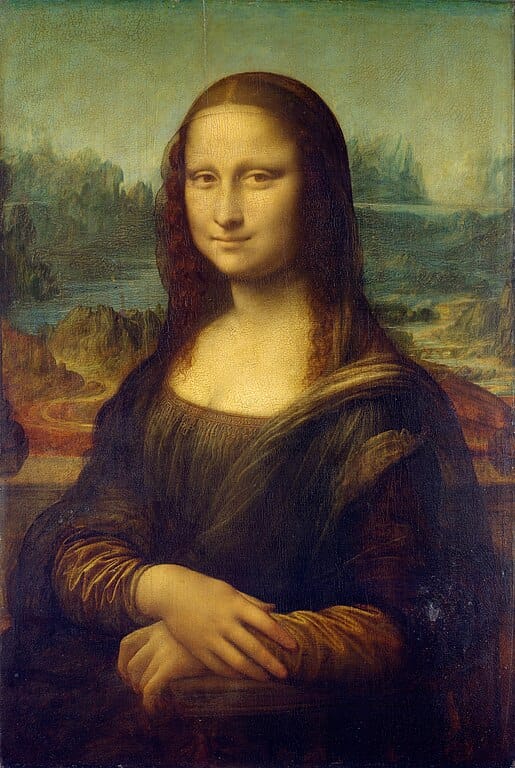In recent years, the field of neuroesthetics has emerged as an area of interdisciplinary study that blends insights from neuroscience, psychology, and art theory to explore the neural mechanisms underlying aesthetic experiences. Formally defined in 2002, this field reveals insights into the impact of creativity on human cognition and behavior and how we understand aesthetic experiences at the neurological level. Albeit as a sub-domain of applied aesthetics, the future implications of neuroesthetics for creative practice could prove to be far-reaching.
According to Semir Zeki, Professor of Neuroesthetics at the University College of London and pioneer in the field, "...the artist is, in a sense, a neuroscientist, exploring the potentials and capacities of the brain, though with different tools. How such creations can arouse aesthetic experiences can only be fully understood in neural terms. Such an understanding is now well within our reach.”
Semir Zeki - Neuroaesthetics: How the Brain Explains Art
At its core, neuroesthetics seeks to unpack conceptions of aesthetic perception by examining how the brain processes and responds to visual, auditory, and tactile stimuli. Through advanced imaging techniques such as functional magnetic resonance imaging (fMRI) and electroencephalography (EEG), researchers can observe neural activity in real-time as individuals engage with works of art, music, literature, and other forms of creative expression. One of the key insights gleaned from neuroesthetics is the idea that aesthetic experiences are not purely subjective but are rooted in the fundamental workings of the human brain. Studies have shown that certain neural circuits are activated when individuals perceive beauty, symmetry, and harmony in artistic stimuli, suggesting that aesthetic preferences may be shaped by evolutionary and cognitive factors.
As our understanding of the neural basis of aesthetic experiences deepens, neuroesthetics has the potential to inform and enhance various aspects of creative practice. For example, artists and designers may leverage insights from neuroesthetics to craft compositions and designs that resonate more deeply with audiences by tapping into universal principles of visual perception and emotional response.
Neuroesthetics can offer valuable insights into the therapeutic potential of art and creativity for enhancing mental health and well-being. Research has shown that engaging with art can activate reward pathways in the brain, leading to feelings of pleasure and satisfaction. By integrating principles of neuroesthetics into art therapy and creative interventions, practitioners may be able to develop more effective approaches for alleviating stress, anxiety, and depression.
Additionally, neuroesthetics has the potential to impact and shape the way we interact with technology and media. By understanding how the brain processes visual and auditory stimuli, designers and technologists can create more immersive and engaging experiences in virtual reality, augmented reality, and interactive media. This has implications not only for entertainment and gaming but also for education, training, and communication. As researchers, artists, and practitioners continue to collaborate and further consider the role of cognition in aesthetic experiences, the future impacts of neuroesthetics on creative practice are bound to be transformative.





